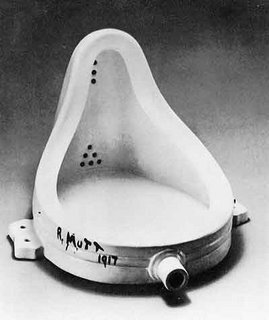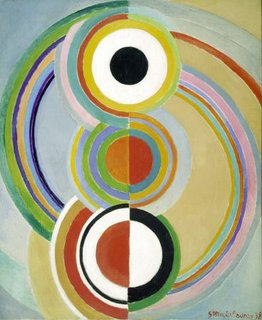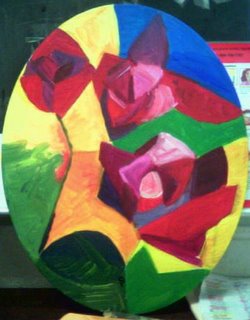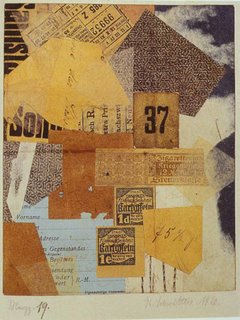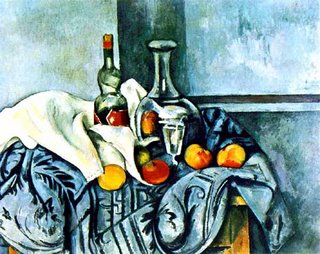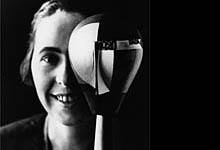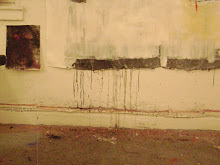J'accuse
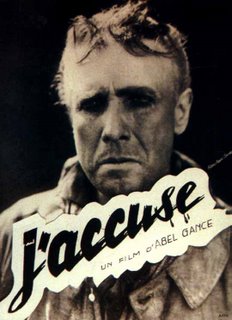
To accompany the Dada exhibit currently being shown at the National Gallery of Art, the museum had a showing of the 1919 silent film, J'accuse. Director and writer, Abel Gance, created a masterpiece which beautifully conveys his anti-war message. The Dada movement began as a response to the horrors and inhumanity of World War I. Artists such as Sophie Taeuber-Arp, Hans Arp, Otto Dix and Hannah Hoch created works of art that they felt went against the classic art forms. In their opinion, how could a world so occupied with death and destruction have any need for any sort of classic art. Their idea was to go against the idea of art and the results produced an assortment of paintings, sculpture, and graphic works, among other things, that is emotional, beautiful and political. J'accuse is a love story set during World War I. The three main characters, Edith, Jean and Francois, form a sort of bizarre love triangle against the backdrop of the evils of the war. Edith, played by actress Maryse Dauvray, is torn between Jean, her poet lover and Francois, her uncaring and often cruel husband. Francois is sent off to war and Jean is soon to follow. The men form a sort of bond due mainly to the fact that they are both in love with the same woman. The film follows the lives of these characters throughout the war and the film's ending is one which is truly unforgettable. This film is a beautiful piece of art as well as a commentary on the unnecessary horrors of war.
